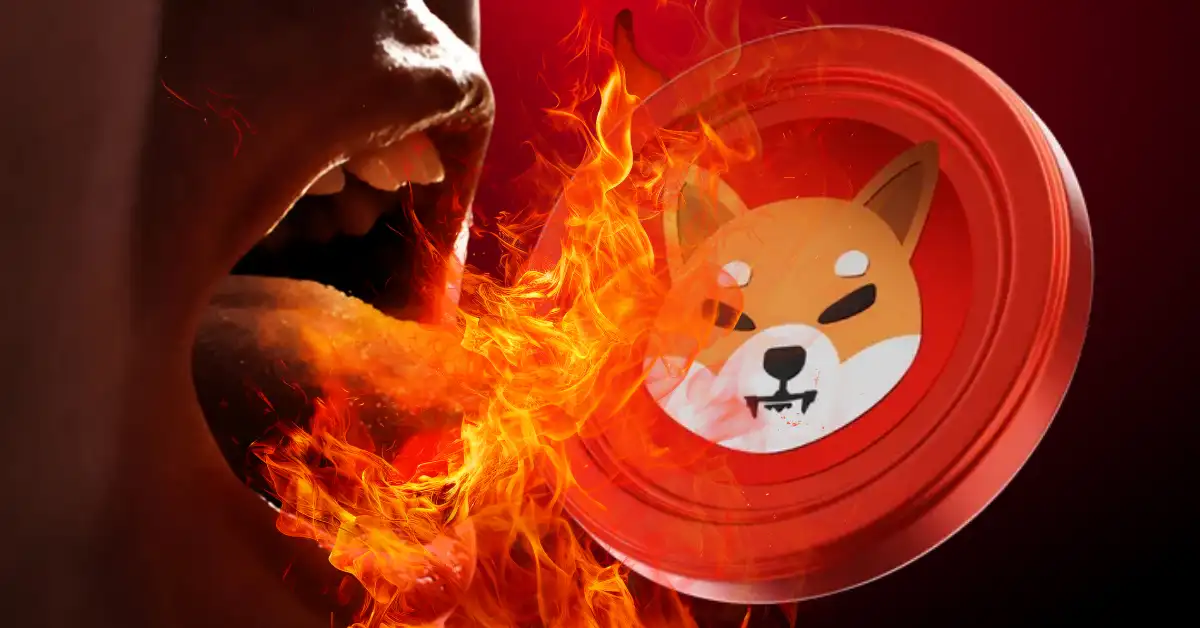The recent burning of 1.3 billion Shiba Inu (SHIB) tokens this week has left investors and analysts puzzled. Despite the significant reduction in circulating supply, the price of SHIB has continued to decline. This paradox raises important questions about the effectiveness of token burns and the broader factors influencing cryptocurrency prices.
Understanding Token Burns
Token burning is a deflationary mechanism designed to reduce the supply of a cryptocurrency, theoretically increasing its value. Shiba Inu, with its vast initial supply, has embraced this strategy to combat inflation and create scarcity. The community has launched various initiatives, including burn portals and whale-driven burns, to reduce the token’s supply. However, the impact of these burns on the price has been limited.
Market Dynamics Beyond Scarcity
The price of a cryptocurrency is influenced by a multitude of factors beyond supply and demand. Market sentiment, trading volume, overall market conditions, utility, and whale activity all play crucial roles. Negative sentiment, low trading volume, and broader market downturns can outweigh the positive effects of token burns. For Shiba Inu, these factors may be contributing to the price decline despite the recent burns.
Shiba Inu’s Utility and Perception
Shiba Inu’s primary challenge is its perception as a meme coin rather than a utility-driven cryptocurrency. While the ecosystem has expanded to include projects like Shibarium and TREAT, the coin’s long-term value remains questionable. Investors’ perception of SHIB as a speculative asset makes its price highly volatile and susceptible to market trends. Building real-world utility and fostering long-term investor confidence are essential for sustained price growth.
The Whale Factor
Whale activity is a double-edged sword for Shiba Inu. Large holders can significantly impact the market, both positively and negatively. Whale-driven burns can reduce supply, but whale selling can exert downward pressure on the price. Monitoring whale activity is crucial for understanding SHIB’s price dynamics. Sudden spikes in selling volume from whale accounts can indicate a loss of confidence, triggering a sell-off and driving the price down.
Conclusion
The Shiba Inu token burn initiatives highlight the complexities of the cryptocurrency market. While reducing supply is a commendable effort, it is not sufficient to drive price appreciation. Market sentiment, trading volume, utility, and whale activity all contribute to the price dynamics of SHIB. For Shiba Inu to achieve sustained growth, it must address its perception as a meme coin and focus on building real-world utility. The development of projects like Shibarium and TREAT is a step in the right direction, but these initiatives need to gain traction and demonstrate value. Ultimately, a holistic approach that fosters community engagement and long-term value creation is essential for Shiba Inu’s future success.





